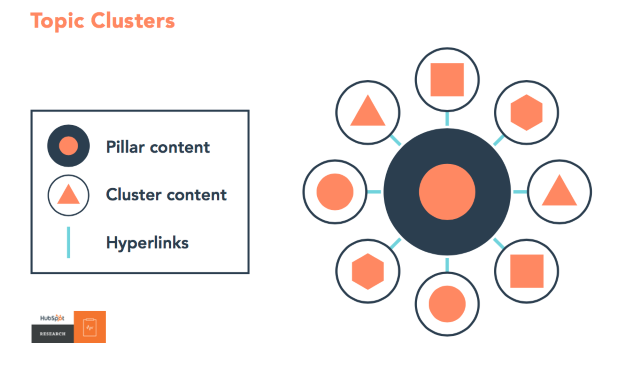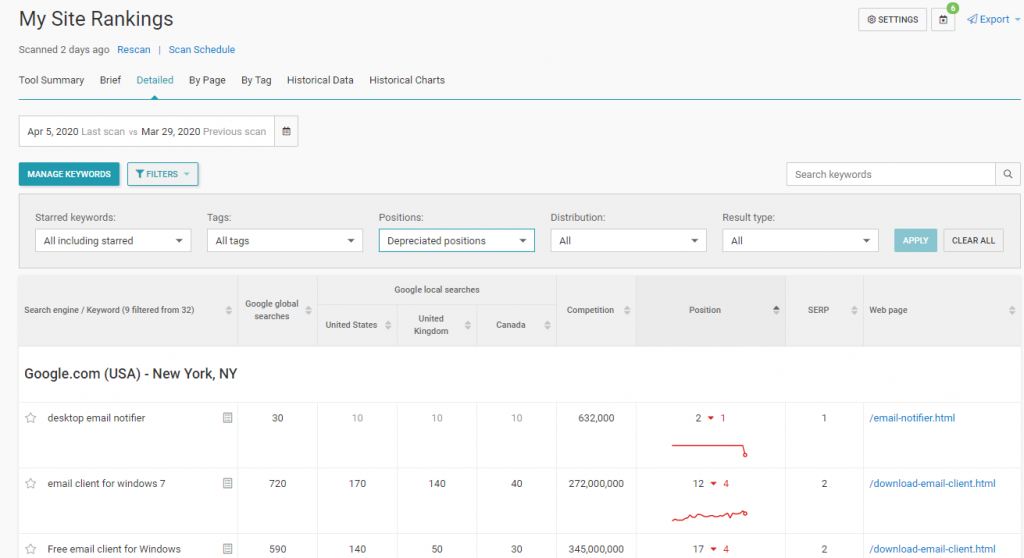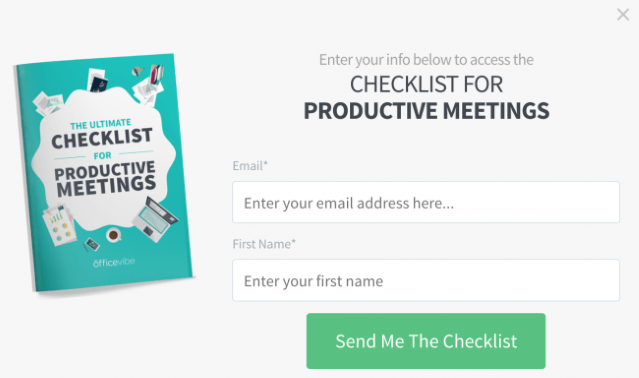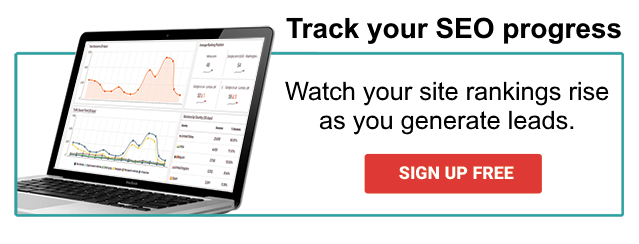
Lead generation is at the top of every marketer’s and business owner’s mind. After all, having more leads means better opportunities for making sales. Over the years, many gurus and experts have come forward with different strategies and tactics to increase leads – from social media marketing tips, pay-per-click advertising, SEO strategies, email marketing hacks and, of course, content marketing.
Many tactics boast different results for just about every other business, but in this blog post, we want to show you one of the most effective ways to generate more leads organically, all while building up your brand and taking customers through the Know-Like-Trust cycle.
This method is called the topic cluster method, one of the newest ways to optimize your content strategy. So what exactly are topic clusters, and how can you use the topic cluster method to generate more leads? Let’s take a look.
What are topic clusters?
In 2017, HubSpot revealed the topic cluster method, explaining that it is “where a single ‘pillar’ page acts as the main hub of content for an overarching topic and multiple content pages that are related to that same topic link back to the pillar page and to each other.”

The model came as a result of multiple changes in Google’s algorithm, which has swayed marketers to focus on high-quality content if they want to be rewarded with higher rankings on search engines.
How exactly do topic clusters help boost your SEO efforts? Here’s a quick rundown.
Why use topic clusters?
- It increases web traffic organically. One of the biggest reasons topic clusters work well for content marketers is that you can increase your traffic using an internal linking system. When readers land on a specific page, they can find links to related content on your site. This reduces bounce rates and increases the time visitors spend on your website, thus boosting SEO.
- It helps search engine crawlers prioritize and rank content. When you use topic clusters, you’re linking what’s called “cluster content” to a main pillar page that contains comprehensive information about a certain topic. This allows search engine crawlers to properly organize and prioritize content when ranking your pages.
7 Ways to Use the Topic Cluster Method to Get More Leads
If you’re ready to take your content marketing efforts to the next level, topic clusters are not only easy to execute but provide long-term results. Here are 7 ways you can start using the topic cluster method in your business to get more leads and make more sales – without doubling your marketing budget.
1. Decide on keywords you want to rank for
The first thing you want to do when planning out your topic cluster model is choosing keywords you want to rank for. First choose a main keyword you’ll want to rank. This is the keyword you’ll be using for your pillar article.
As best practice, choose a long tail keyword that’s broad enough to cover multiple topics but still specific enough to allow you to create high-value content clusters. For example, “social media marketing” is a good example of a long tail keyword for your pillar article.
Use a keyword finder like WebCEO’s Keyword Suggestions to choose the phrases and terms for your campaign.
2. Plan out your topic clusters and cluster content
Once you know what keywords you want to rank for, it’s time to plan out your topic clusters and the specific cluster content you’ll be putting up on your site.
Cluster content are individual content pieces you can publish separately as a deep-dive into specific aspects of your pillar article. Calling back our example from before: if you chose “social media marketing” as your pillar article keyword, you can then create cluster content such as “Facebook marketing,” “Instagram marketing,” or even “optimizing social media profiles.”
Pro-tip: you’ll want to create cluster content before building out your pillar article.
3. Create a pillar article
A pillar article will typically have between 3,000 to 5,000 words and is meant to be comprehensive. This is why it’s best to create and publish your cluster content first: afterwards, you can use these to outline, build up, then link to a brand new pillar article page.

Example of how content clusters can build up pillar content using “gum disease” as the overarching topic. (Image source)
4. Do a complete content audit
Just because you’re switching your content marketing model to the topic cluster model doesn’t mean your old content and posts are moot. Chances are you’ve already created several content pieces for your niche, so look through what you’ve already done to see how you can build a topic cluster from this.
Determine whether you have blog posts that can be expanded to become pillar content. Or if you have some highly specific content about a broad topic, you can use that to start building up a brand new pillar page.
Content that used to rank high, but dropped in rankings with time is a good starting option – with a little improvement, it can return to its former glory. Find such pages on your site in the Detailed report in WebCEO’s My Site Rankings tool.

(Click on the image to view it in full size.)
Simply choose Depreciated positions in the Filters and sort the table by the Position column like in the image above. The Web page column will have the pages you might want to update.
5. Sprinkle relevant high-value opt-ins within cluster content
Consider every piece of content in your cluster as a golden opportunity to bring in new leads. So not only are you giving readers a better web experience by linking out towards related content on your site, but you can also offer them added value by letting them opt-in in to receive a free resource, be it a whitepaper, checklist, or eBook.
And because much of your content relates to one another, you can easily increase exposure for the same lead magnet over and over. In advertising, one popular thought is that you ought to expose your ad to consumers multiple times before they take any desired action.

Make your lead magnets visually attractive, and sprinkle them across multiple cluster content. (Image source)
6. Interlink all content together
The most crucial part in the topic cluster method is linking your cluster content to your pillar article and vice versa. You can use your pillar article’s main keyword as the anchor across your cluster content. You can do the same from your pillar articles, or create compelling CTAs to link out to cluster content, i.e. “Click here to read more about the [cluster content topic].”
It’s where the magic happens that allows site crawlers to prioritize your posts and get you ranking higher on Google. That’s why you need to make sure all internal links on your site have descriptive, SEO-friendly anchor texts. Find all your anchor texts in WebCEO’s Link Text Analysis report.
Bonus tip: make sure to try and get as many backlinks to your pillar content as possible to boost your rankings even faster.
7. Consider content gating for certain cluster content
For added measure, you can get more leads to opt-in to your email list using content gating. Several sites and publications make use of this, either as a paywall or a free article you can access after signing up for an account.
This can be particularly helpful for businesses who do step-by-step tutorials or in-depth studies, for example. While we don’t recommend gating all your content – especially as it might leave a bad impression on first-time visitors – consider gating certain cluster content that has highly detailed information that users wouldn’t mind exchanging their emails for. As a litmus test for which content you can gate, ask yourself whether the information you’re giving away is valuable enough that some people may even pay for it. You’ll also want to map out gated and non-gated content with your marketing funnel in mind.
Conclusion
The topic cluster model is one of the best ways to streamline and optimize your current content marketing strategy. And by using the steps above, you can start implementing this method on your own website. Over time, you’ll see your content ranking higher on search engines, all while giving your site visitors better experiences and even added value. Start seeing your rankings rise in in no time!



